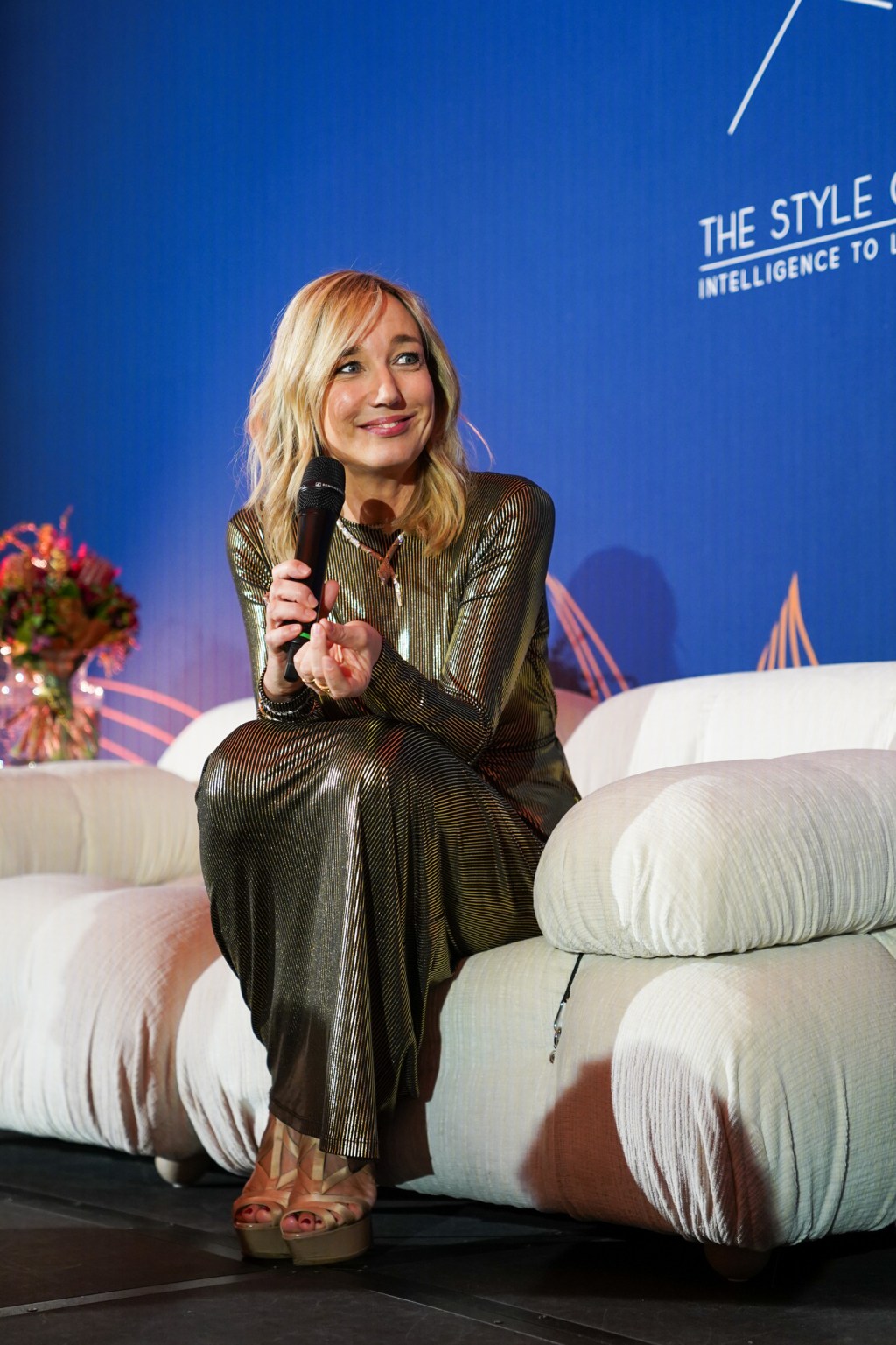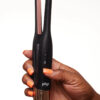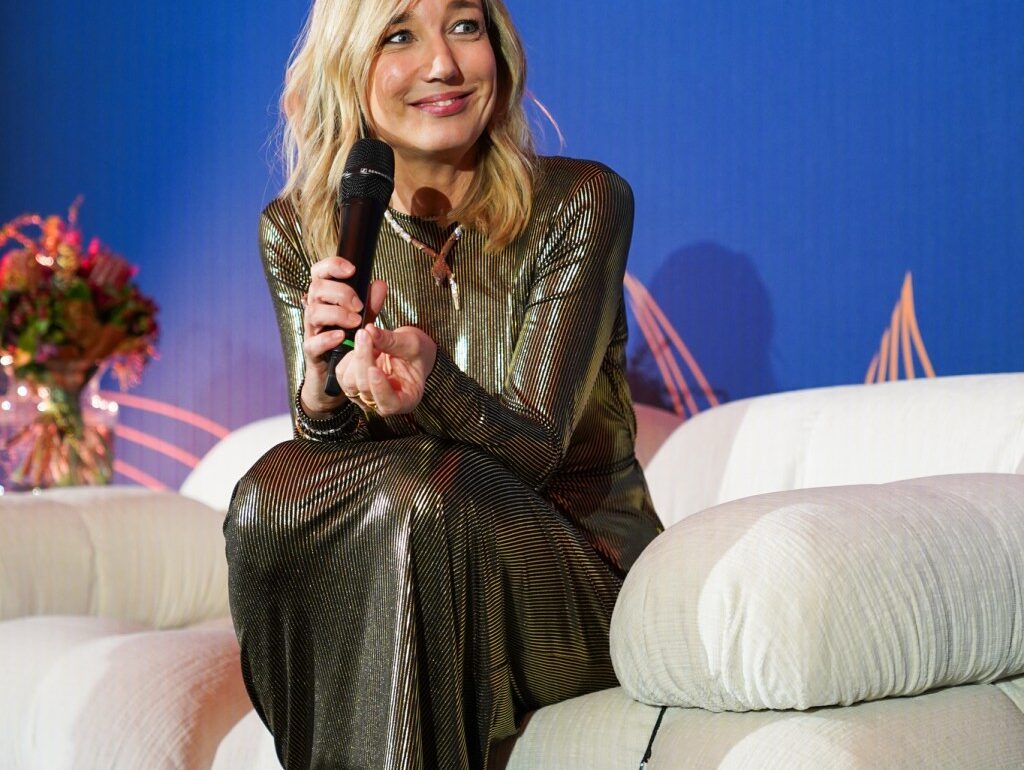
MILAN — Turning hotels into hospitality gems has been the mission of Bulgari since it first revealed the launch of its Hotels & Resorts division in 2001, becoming one of the first luxury companies to take a step into the sector and foresee its potential.
“We’re first and foremost a Roman jeweler and for us translating our 140-year history didn’t mean putting precious gems in hotel rooms, as many initially feared, but narrating our values,” said Bulgari’s vice president of marketing and communication Laura Burdese.
The first of said values is rarity, as Burdese underscored the meticulous and lengthy approach the brand takes in scouting locations and perfecting every aspect of each hospitality project before opening it.
The ribbon of the first Bulgari hotel was cut in Milan in 2004, only three years after the company shared plans to launch the dedicated division in partnership with Marriott. Throughout the past two decades, locations in Bali, London, Dubai, Beijing, Shanghai, Paris and, most recently, Tokyo and Rome were added to the jewelry brand’s fleet.
Even if the next openings are scheduled in the Maldives and Miami in 2025 and in Los Angeles in 2026, Bulgari has always been firm in its intention of keeping the rollout limited, in sync with the guiding asset of rarity and commitment to maintaining the high level of service.
“We have nine hospitality gems and others are in the pipeline, but there will never be more than 15 [total properties] in the next three to five years,” confirmed Burdese, underscoring that every project requires time to realize “and we took that time to find wonderful locations.”
“These need to be special: they have to be at the heart of cosmopolitan cities or at resort destinations, like Bali or Dubai, but they all need to be unique and rare locations. We never settle for less, and that’s why we don’t open that many hotels… We never look for shortcuts,” said Burdese in a panel moderated by WWD Milan Bureau Chief Luisa Zargani.
For example, the latest Bulgari hotel opened in Rome on the city’s central Piazza Augusto Imperatore — not far from the city’s Spanish Steps and Bulgari’s flagship on the luxury shopping street Via Condotti — after three years of careful restoration to protect the historical building while completely overhauling its interior.
As in the other Bulgari Hotels & Resorts, the interiors were conceived by Italian-based architecture firm Antonio Citterio and Patricia Viel, and were exalted with handcrafted decorations linked to the history of Rome as well as furniture made by Italian companies, like the upholstered items by B&B Italia and Maxalto; the marble tables by Mangiarotti for Agapecasa; lamps by Flos and Fontana Arte, and silk carpets by Altai.
“Craftsmanship is another key value for us,” said Burdese. “So just like our jewelers are artisans and artists, in every hotel we open we involve craftsmen and artists in each category, from wood and marbles to textiles, mainly Italian and often with some local additions, in order to have every single detail curated as a jewelry piece or an artwork.”
The food offering mirrors the same attention to detail, with Bulgari counting on a long-lasting collaboration with Italian Michelin-starred chef Niko Romito as well as chef Luca Fantin, and boasting a total of eight Michelin stars across its hotels worldwide.
“We also have a little project, a very special wine list dedicated to heroic Italian women who succeeded in making their small or not-so-small wine companies grow in a world still largely dominated by men,” said Burdese, citing the recent addition of Francesca Balestrieri’s San Lorenzo agricultural firm in the wine offering as an example.
The third key asset Burdese mentioned was Bulgari’s attitude to hospitality itself, “this generosity we have as a Roman brand and approach of taking around the world this Italian lifestyle, which is impeccable and sophisticated but at the same time a little casual, or décontracté as the French would say.”
This post was originally published on this site be sure to check out more of their content.









